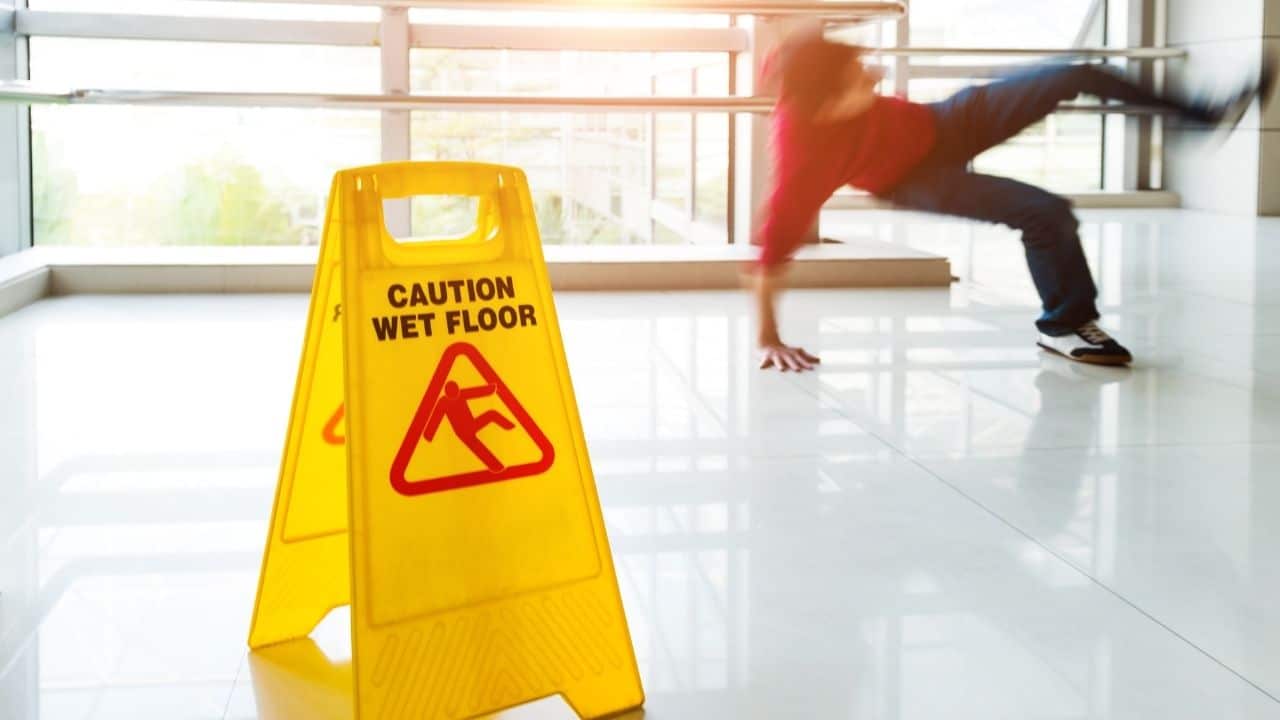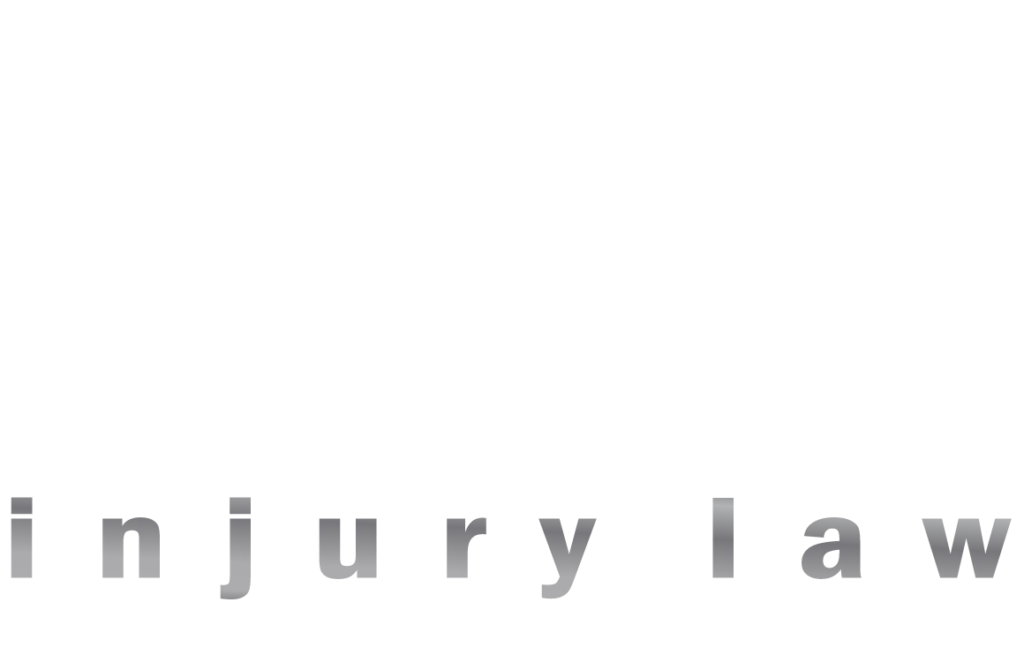
According to the National Floor Safety Institute, slips and falls are the most common reason for an emergency room visit—each year, more than one in five ER visits is the result of an unexpected fall. Slips and falls can cause injuries ranging from brain trauma to lifelong spinal problems; if a slip and fall is the result of another person’s or business’s negligence, it’s important to talk to an attorney about your legal rights and obligations.
Below we’ll discuss some of the most common injuries suffered in slip-and-fall accidents, as well as what you’ll need to do to preserve your rights if you’ve been injured in such an accident.
What Injuries are Most Common in Slips and Falls?
Shockingly, slips and falls are the second leading cause of unintentional death in the U.S., as well as the leading cause of absences from work. Slip-and-fall injuries tend to be caused either by the blunt trauma of your body hitting the ground or landing awkwardly in a way that twists or breaks a limb.
Breaks and Fractures
When a bone suffers a sudden impact at high pressure, it can fracture or break. Broken bones are more common in older adults, as age can often cause a loss of bone mass that makes the bones more fragile; however, being older or having osteoporosis doesn’t make you any less entitled to damages in a fall.
Some breaks can be treated by putting your limb in a cast or sling, while others may require surgery to repair. Displaced fractures, or those in which the ends of the broken bone no longer meet, may need to be operated on to avoid permanent nerve damage or disfiguration.
Soft Tissue Injuries
Whiplash is perhaps the best-known type of soft tissue injury. Though invisible to the naked eye, whiplash and other soft tissue injuries like tendon tears and ligament contusions can be incredibly painful and may take days to develop after an accident. Between the slow onset of soft tissue injuries and the adrenaline that can flood the body in times of extreme stress, you may feel completely fine immediately after the accident yet be unable to get out of bed a few days later.
If soft tissue injuries aren’t promptly treated, they may result in chronic pain. They can also change the way you walk or move; as your muscles compensate for your soft tissue injury, you could actually increase your odds of falling victim to another injury.
Traumatic Brain Injuries
These injuries, known as TBIs, can develop after your head collides with the ground or another surface during a fall. A concussion is one of the more minor types of TBI, while skull fractures and hemorrhages can be serious—even fatal. Depending on the severity, TBIs may resolve themselves with no long-term injury or could cause permanent disability.
Because the outcomes of a TBI can range so widely, it’s always crucial to seek medical treatment any time you’ve hit your head—especially if the blow caused you to lose consciousness, even for a few seconds. The longer a TBI goes without treatment, the more dire the consequences may be.
Closed-skull injuries, in particular, can cause brain swelling that may not be apparent immediately after the accident. You could suffer seizures days or even weeks later as the pressure of your brain on the inside of your skull interferes with your neural processing.
Sprains and Strains
Slips and falls can force you into awkward or unnatural positions, which could lead you to sprain or strain your knees, ankles, hips, elbows, wrists, or shoulders. A sprain happens when your tendons or ligaments stretch or tear; depending on the degree of the sprain, your treatment plan may require a cast, sling, or physical therapy.
Because your ligaments and other connective tissues aren’t filled with blood the way muscles and organs are, they can take much longer to heal than other types of injuries. A minor tweak to a healing sprain can set your recovery time back.
Cuts and Contusions
Slipping and falling on a hard surface can cause cuts, bruises, scrapes, and other contusions on just about any part of your body. These may be at risk of infection if not promptly treated and disinfected, though they’re generally more minor than other types of slip and fall injuries. In most cases, you’ll be able to treat minor to moderate cuts and scrapes at home.
Spinal Injuries
Many slip-and-fall accidents can end with the victim lying flat on their back. Though small discs between your vertebrae protect your spinal cord from minor impacts, the force of hitting the ground or another object can cause these discs to burst (herniate) or slip out of place, causing serious pain and potential paralysis. Some spinal injuries can be corrected through physical therapy or chiropractic therapy, while others may require surgeries like spinal fusion or disc repair.
What Will You Need to Prove to Win a Slip-and-Fall Lawsuit?
If you’ve suffered an injury after slipping, tripping, or falling on someone else’s property (or public property), there are a few key elements you’ll need to prove to recover financial damages.
- The landowner owed you a duty of care to protect you from any known hazards
- The landowner breached this duty
- This breach was a direct cause of your injury
- You suffered actual physical, emotional, or financial damages
You’ll need to prove all four of these elements to recover damages from the responsible party (or their insurance company).
Fortunately, the standard of proof in a civil lawsuit like a personal injury claim isn’t as stringent as the “beyond a reasonable doubt” required in criminal cases. To show that you’re entitled to recover damages from the defendant, you’ll need to establish the four elements above by a preponderance of the evidence; that is, that it’s more likely than not that the defendant’s actions caused you damages.
What Damages Are Available in a Slip-and-Fall Accident?
The damages available in slip-and-fall accidents can be broadly placed into two categories: economic and non-economic damages. The damages awarded in a particular case will depend on the circumstances of the injury.
Economic damages
Economic damages are based on your financial losses as a result of the accident. They can commonly include medical costs, physical therapy costs, lost wages, and lost future earning potential. They may also encompass indirect financial costs like the cost of making your home more acceptable or even selling a vehicle that you can no longer easily get into or out of.
Non-economic damages
Non-economic damages are more difficult to quantify. Generally, these damages are referred to as “pain and suffering” damages, as they’re intended to compensate you for all the non-out-of-pocket costs you’ve suffered; any loss of enjoyment in your life, the physical pain you’ve endured, and the other emotional damages you’ve found yourself dealing with after the accident.
In some cases, a court will also assess punitive damages in the most egregious cases. This category of damages is intended to serve as a deterrent for similar future behavior, and doesn’t necessarily need to be related to the plaintiff’s out-of-pocket costs. For example, if at least one patron slips and falls in a slick restaurant lobby every time it rains and the restaurant management doesn’t take any action to make the lobby safer, it may be assessed punitive damages to try to encourage it (and others in similar situations) to address this risk factor.
Taxability of Personal Injury Damages
Under Nevada law, most personal injury damages aren’t taxable. Specifically, compensatory damages, which are designed to repay you the money you’ve already spent, won’t be taxed; after all, you already paid taxes on the funds you used to pay for this treatment. However, lost wages might be taxable (as the underlying wages would have been), as are punitive damages. If you receive a settlement or judgment as a result of a slip-and-fall lawsuit, you’ll want to discuss your situation with a tax professional to ensure you don’t run into any financial snags.
When Should You Contact an Attorney?
Nevada gives slip-and-fall plaintiffs only two years from the date of the accident to file a lawsuit against the person or entity responsible. If you miss this deadline, even by a day, your lawsuit will be dismissed and you’ll be unlikely to recover any damages for what you’ve gone through.
This means that, after receiving medical treatment for your injuries, speaking to an experienced Nevada personal injury attorney should be your main priority. An attorney can investigate your potential claim, determine who is responsible (and who should be named in a lawsuit), and begin negotiations to see whether an out-of-court settlement is possible.
Trying to hold someone responsible for your injuries can be a complicated and emotionally draining process. By seeking the counsel of a slip-and-fall personal injury attorney, you’ll be able to focus your energy on healing instead of spending time tracking down medical documentation or interviewing witnesses. Your attorney will fight for the compensation you deserve.
